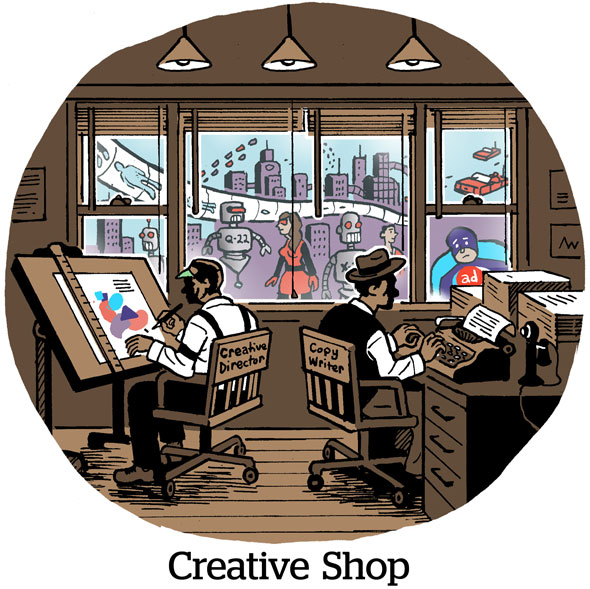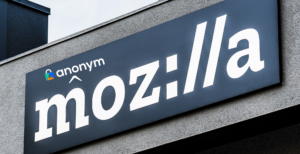Why even bother with creative?
The big ad platforms all auto-generate ads now. Most ad viewers watch for only a second or two. Influencers will produce content for you.
In this environment, creative is either less important than ever or more important than ever.
One way to get a handle on your brand creative is to, well, grade your homework, according to Anne Stilling, Vodafone’s global director of brands and media.
To answer the questions of whether an ad is a fit for Vodafone, and fit for the platform where it will be served, Vodafone began working with CreativeX two years ago to add its Creative Quality Score, a product for post-campaign creative ratings and pre-campaign scores.
Conversation starter
The Creative Quality Score is “not rocket science,” said CreativeX founder and CEO Anastasia Leng.
For pre-campaign ratings, content can be classified as “Excellent,” “On track” or “Needs work.” (Nothing the client makes is ever “Bad,” or even “Fine,” but only excellent or on its way to excellent.)
There is also a numerical score. Stilling said Vodafone uses a baseline score of 80.
Some brands also choose to create their own score based on their own data and brand standards, rather than use the off-the-shelf ratings.
But the best benefits of the score aren’t the grades themselves, Stilling said.
Vodafone did in-house trainings and competitions between markets to improve their creative quality. The agencies the brand works with around the world began to prioritize creative more. Its DSP partners Adform and Google worked with the brand on how to improve the creative score.
The main factor is the creative type. Campaign no longer consist of one or a few pieces of content made to fit a specific format – whether it’s a TV commercial, a banner ad or a social video. Now, advertisers must pre-load campaigns with a vast array of creative assets that contort to cover different screens and formats.
The content itself can be adjusted, too. For example, Leng said a 15-second unskippable CTV ad might take its time divulging the brand. A Facebook or Instagram video ad that’s viewed for one second counts as a viewable impression, so advertisers need to get their name and main imagery up fast.
“It creates a constant dialogue,” Stilling said. “It’s more an instrument that fosters continuous learning than it is the verdict.”
Whose creative?
There is a difficult split in the world of creative strategy right now. On the one hand, creative fragmentation is difficult to manage right now, Leng said. Many brands have TV commercials being forced into streaming and social video units where they don’t work. Short social ads are being retrofitted for TV ad spots where they don’t fit the vibe or format.
Many brands are relinquishing control on other forms of creative, Stilling added. Brands allow influencers greater degrees of independence while speaking on behalf of the brand than they would have been comfortable with not so long ago.
And on the other extreme, major ad platforms like Google, Meta, Amazon and TikTok are deploying easy buttons that auto-generate basic video, image and text creative, as well as determine where those ads should be served.
“Personally, I think the distinctiveness of the brand gets more important, the more AI that we see kicking in,” Stilling said.
But these “easy button” creative products built into Google’s Performance Max and Meta Advantage+ Shopping Campaigns have struggled to gain adoption with brand advertisers, Leng said.
Those products work wonders for small and local businesses, which really can’t afford much creative production but also don’t have a national brand image to worry about. The other type of advertising these black boxes work for is direct response, since that’s all about the conversion with no regard for upper-funnel branding.
“The lack of transparency is a hurdle for getting brand dollars,” Leng said.
To reconcile the challenges of repurposing content across platforms with the hyper-custom approach of social media and other platforms, using a single scorecard can help. And there’s also an opportunity, Stilling said, for brands that do invest in their own creative and in channels where the advertiser chooses which creative is right for each ad impression.
“In a sea of less and less differentiation, branding has a chance to be an even greater differentiator than it’s ever been,” she said.













